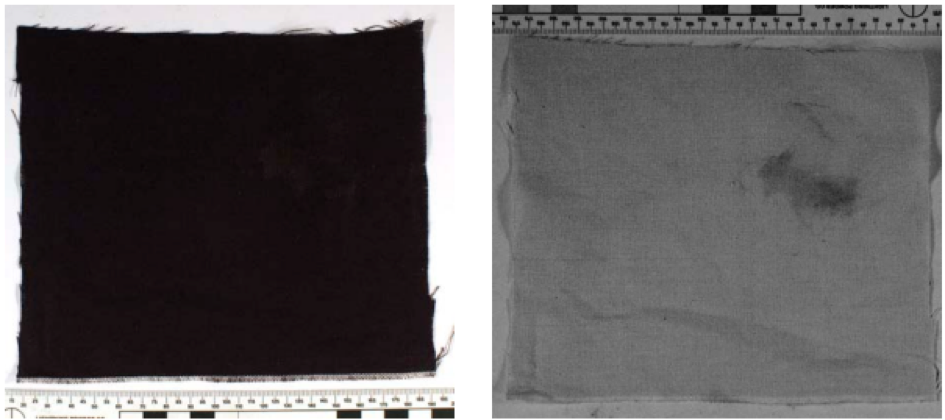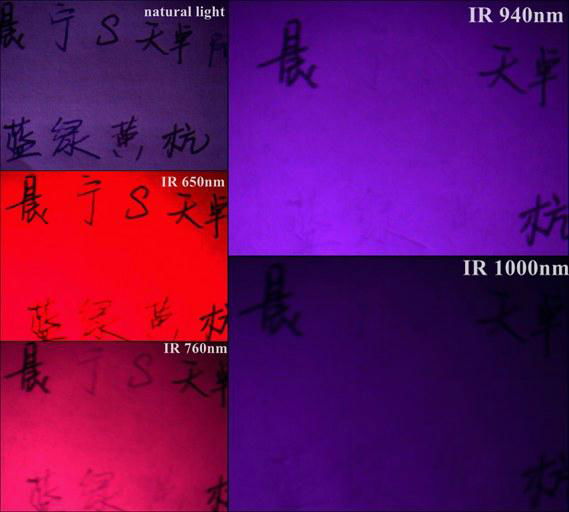Uv/ir Light For Forensics


Lots of natural and manufactured substances can absorb UV radiation, including plants, fungi and synthetic fluorophore. When the UV light is absorbed, the electrons in the material reach a higher energy level before going back to their lower level in a series of smaller steps.
With each step, they release part of their absorbed energy as visible light. Fluorescent lamps ionize vapor in their tubes, making electrons in the gas give off photons at UV frequencies. Download tema nokia 6120. A phosphor layer on the inner side of the tube changes the UV light into standard visible light. Scientists use UV light to analyze the chemical structure of a compound via color changes. A machine called a spectrophotometer, which is much more sensitive to color than the human eye, passes a beam of UV light through a solution and shows how much of the radiation is absorbed by the compound using color changes. This process is often used in chemical and biological plants, hospitals, water quality control laboratories, the petrochemical industry and the food industry. For example, it can screen unwanted compounds in water by monitoring the color of water during the production of drinking water.
Uv/ir Light For Forensics Free

UV in Light Cancer Treatment. While exposure to UV light is a known risk for skin cancer, some cancerous skin conditions can be treated using UV light. Patients receive drugs called psoralens, which react to UVA light treatment and slow the growth of cells of skin lymphoma as well as eczema, psoriasis and vitiligo. If a patient has thin skin lesions, UVB without additional drugs may be used instead.
Uv/ir Light For Forensics Software
Although the treatments are given with lamps similar to false tanning lamps, the light boxes used for treatment are calibrated, so the precise wavelength and dose is received, minimizing the risk of burning the skin. UV Light in Photography.